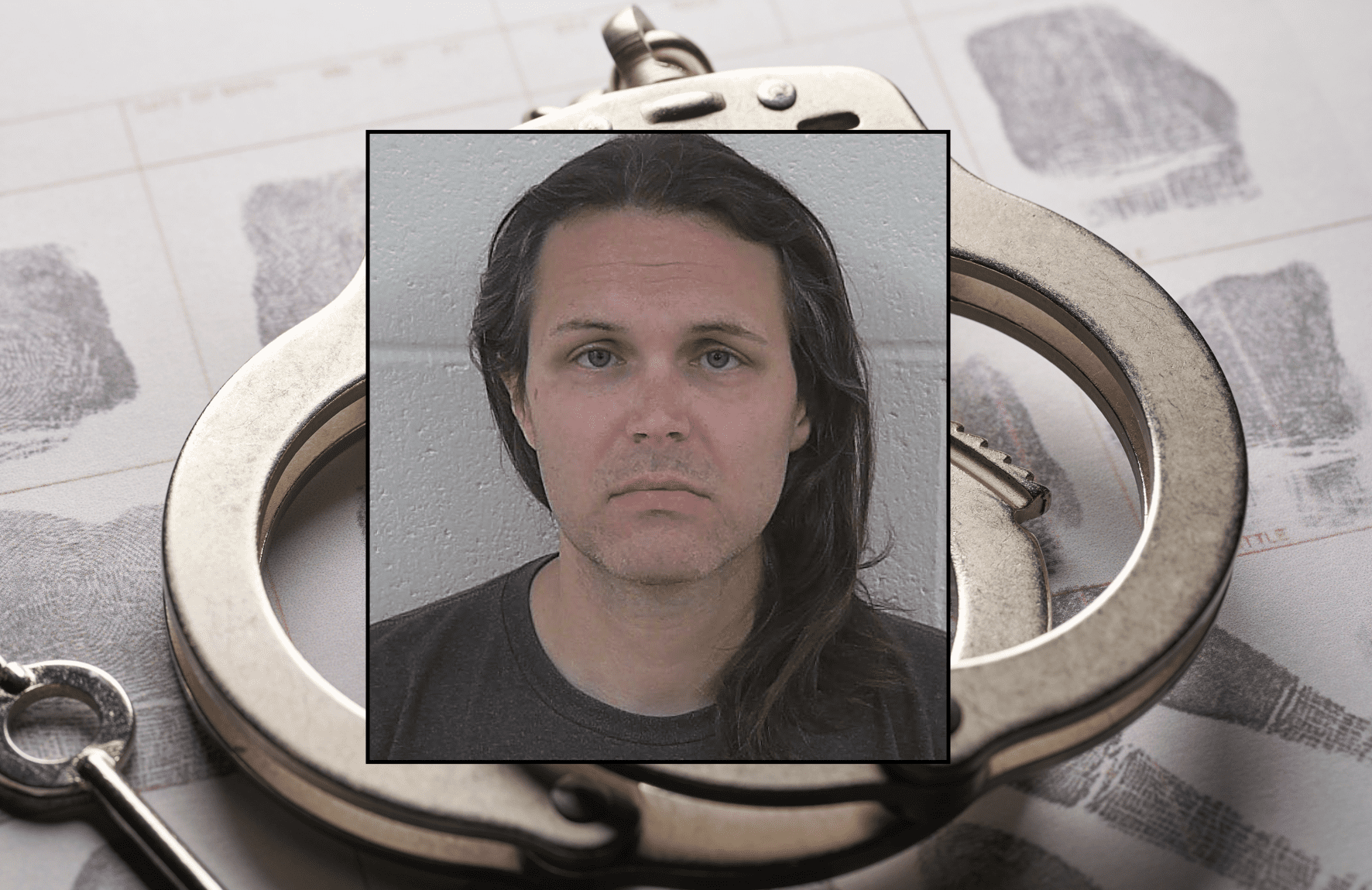Less than a year after a small but fast-growing North Texas school district decided to spend millions on a sports stadium complex instead of classrooms, officials are asking voters to approve more spending to expand the district’s classroom space—a lot more.
Celina Independent School District succumbed to sports mania last September, when trustees unanimously approved spending $24.5 million to build an athletics complex for the tiny district of 2,700 students.
This year, Celina’s school board members agreed to place a $600 million debt package on the May ballot.
School officials say the money—which must be repaid with interest by property taxpayers—would accommodate the explosive growth the “Destination District” expects over the next 10 years. New projections show enrollment growing even faster than officials predicted last year, to nearly 12,000 students by 2028.
The all-or-nothing debt proposition includes funds for four new elementary schools, one new middle school, several school additions and renovations, plus property and buses.
Celina ISD property taxpayers are currently on the hook for $171 million in bond debt principal and interest, according to the Texas Bond Review Board—$63,000 per student.
Officials say the new debt would not increase the school district’s tax rate, currently $1.64 per $100 of assessed taxable property value. But residents’ property tax bills will continue to increase along with rising property values.
From 2013 to 2016, the average Celina ISD homeowner’s school property tax bill went up 27 percent to $3,781—with no increase in the school tax rate.
Celina voters will decide how much new spending and debt they’re willing to pay for with ever-increasing property tax burdens. A 10-year plan priced at $600 million is a lot to approve all at once.
Early voting is underway now through April 30. Election Day is May 4.







